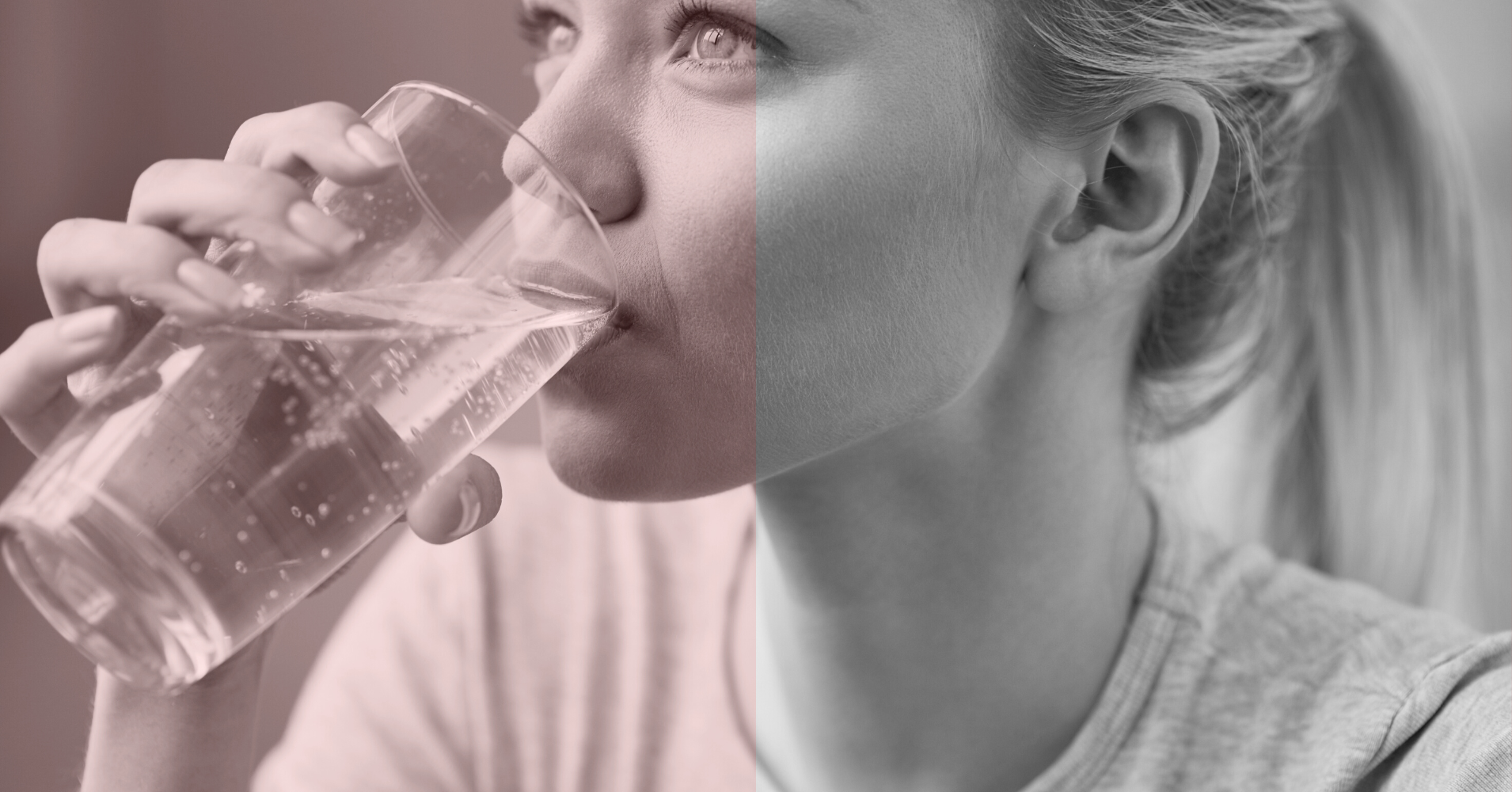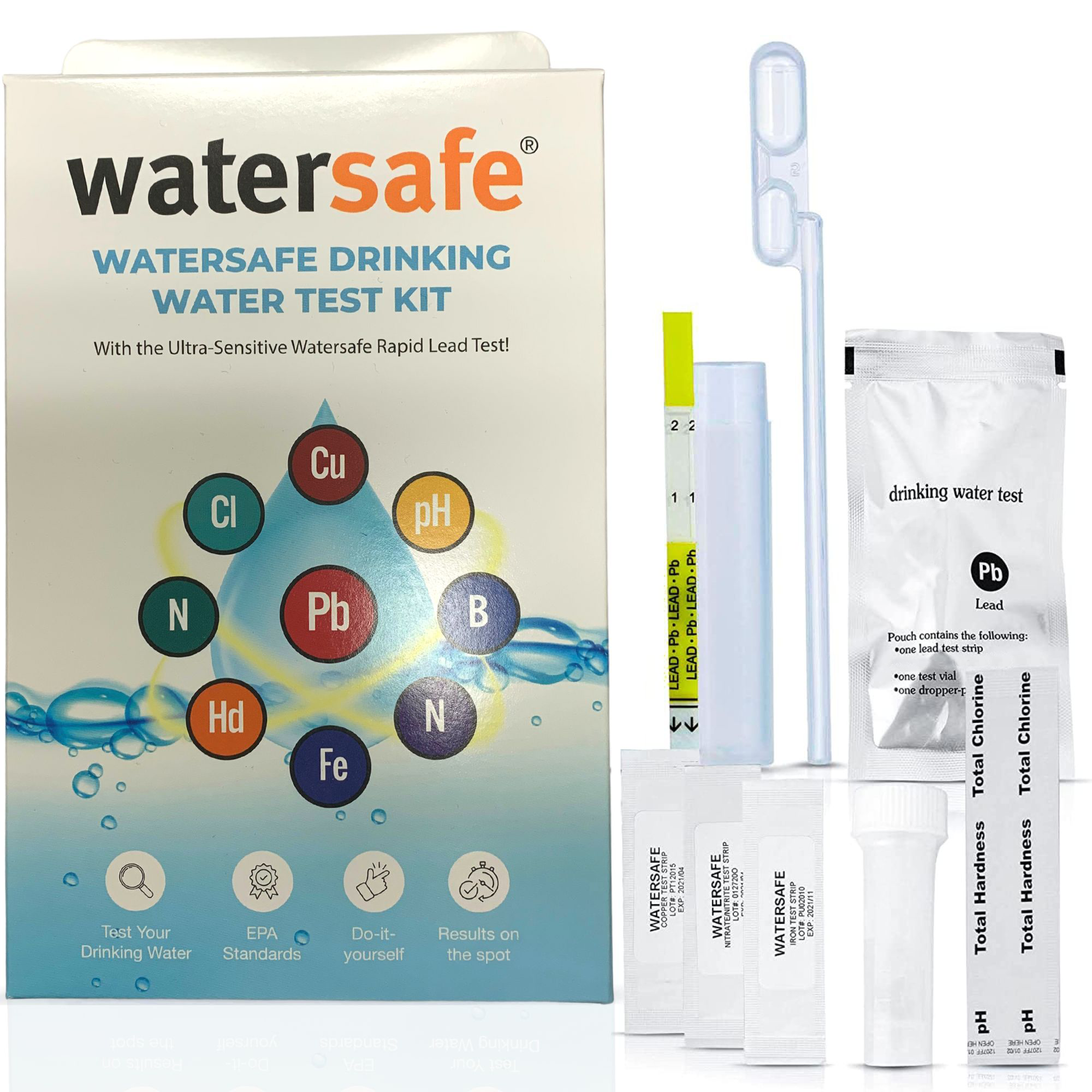Bacterial Contamination
Water is a fundamental necessity for the human body, and access to clean drinking water is essential to maintain good health. While most countries have implemented measures to ensure safe drinking water, bacterial contamination still poses a significant threat to public health. Bacteria contamination in drinking water can cause serious illnesses and even death. This article aims to explore the dangers of bacterial contamination in drinking water and measures to prevent it.
Buy our Watersafe® Drinking Water Test Kit to stay safe from contaminated water.
Sources of bacterial contamination:
Bacterial contamination can come from various sources, including natural water sources, treatment plants, distribution systems, and private wells. Some natural sources of water like lakes, rivers, and groundwater may contain bacteria, viruses, and other pathogens, which can contaminate drinking water. Treatment plants typically use a combination of physical, chemical, and biological processes to remove contaminants from the water. However, treatment plants can also become sources of bacterial contamination if the treatment process is inadequate, or if the equipment is not properly maintained. Distribution systems can also harbor bacteria if the pipes are old and corroded or if there is a break in the system. Finally, private wells can also become contaminated if they are located near a septic system or if there is a leak in the well casing. Read more about the water testing kits to learn how you can test your water sources in the future.
Health risks associated with bacterial contamination:
Bacterial contamination in drinking water can cause a range of illnesses, from mild gastroenteritis to life-threatening diseases like cholera and typhoid fever. The most common types of bacteria that contaminate drinking water include E. coli, Salmonella, Campylobacter, and Shigella. These bacteria can cause symptoms like diarrhea, vomiting, abdominal cramps, and fever. In severe cases, bacterial contamination can lead to dehydration, sepsis, and even death. Infants, young children, pregnant women, and people with weakened immune systems are at higher risk of contracting waterborne illnesses.
Preventing bacterial contamination:
Preventing bacterial contamination requires a multi-layered approach, involving proper source protection, treatment, and distribution. The following are some measures to prevent bacterial contamination:
- Protecting the water source: Protecting the water source from contamination is the first line of defense against bacterial contamination. This can be done by implementing zoning regulations to control land use, restricting access to the watershed, and minimizing the use of fertilizers and pesticides near the water source.
- Effective treatment: Treatment plants must use effective treatment methods to remove bacteria and other pathogens from the water. This can be achieved through a combination of physical, chemical, and biological processes, including disinfection and filtration. It is also essential to regularly maintain and replace equipment to ensure that it functions properly.
- Proper distribution: Distribution systems must be regularly inspected and maintained to prevent bacterial contamination. This includes repairing leaks and breaks in the system and replacing old or corroded pipes.
- Personal precautions: Individuals can also take personal precautions to prevent bacterial contamination by boiling water before drinking it, using a water filtration system, and avoiding contact with contaminated water.
Conclusion:
Bacterial contamination in drinking water is a serious public health issue that can cause significant illness and even death. It is essential to implement measures to prevent contamination at the source, during treatment, and in the distribution system. Individuals can also take personal precautions to reduce their risk of contracting waterborne illnesses. By taking a multi-layered approach to water safety, we can ensure access to clean drinking water and protect public health.
Sources:
- Bartram, J., & Cairncross, S. (2010). Hygiene, sanitation, and water: forgotten foundations of health. PLoS Medicine, 7(11), e1000367.
- EPA. (2020). Drinking water contaminants: Total coliforms and E. coli. United States Environmental Protection Agency. Retrieved from https://www.epa.gov/dwreginfo/drinking-water-contaminants-total-coliforms-and-e-coli.
- Hunter, P. R., Zmirou-Navier, D., & Hartemann, P. (2010). Estimating the impact on health of poor reliability of drinking water interventions in developing countries. Science of the Total Environment, 408(23), 4886-4892.
- Majowicz, S. E., McNab, W. B., Sockett, P. N., Henson, S., Doré, K., Edge, V. L., … & Wilson, J. (2006). Burden and cost of gastroenteritis in a Canadian community. Journal of Food Protection, 69(3), 651-659.
- WHO. (2011). Guidelines for drinking-water quality. World Health Organization. Retrieved from https://www.who.int/water_sanitation_health/publications/2011/dwq_guidelines/en/.
- Yoder, J. S., Hlavsa, M. C., Craun, G. F., Hill, V., Roberts, V., Yu, P. A., … & Beach, M. J. (2008). Surveillance for waterborne disease and outbreaks associated with drinking water and water not intended for drinking-United States, 2005-2006. Morbidity and Mortality Weekly Report, 57(9), 39-62.
- Zhang, Y., Huang, Y., Zhang, C., Liu, C., & Yang, M. (2019). Water safety and bacterial abundance in drinking water systems. Chemosphere, 233, 641-648.
- Zlatanova, G. (2021). Drinking water quality and human health. Journal of Water and Health, 19(2), 157-171.


